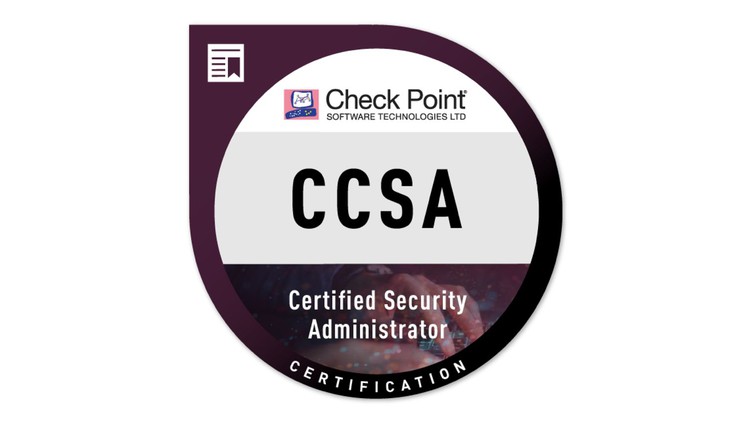
Attend this CCSA Certification Practice Tests & you will get a Score above the 80% on Main Exam !
What you will learn
Practice tips for CCSA Certification
CoreXL – Detailed explanation, Tuning & Optimization, Debugging
SecureXL – Detailed explanation, Tuning & Optimization, Debugging
Check Point Advanced Troubleshooting
Description
Check Point Certified Security Administrator (CCSA) R80
With the plenty of connected devices, modern technologies like cloud computing, and a continuous flow of sophisticated threats, maintaining security is becoming increasingly complex – security needs to adjust to new operational realities. The key to accomplishing this complexity is through security consolidation – bringing all safety protections and functions under one umbrella. With R80, security consolidation is fully realized. So, the Check Point Certified Security Administrator (CCSA) R80 will make sure that the candidate has the mentioned knowledge and experience.
Prerequisites
- General knowledge of TCP/IP
- Working knowledge of Windows and/or UNIX, network technology and the Internet
Target Audience
Technical professionals who support, install, deploy or administer Check Point Software Blades.
Course Structure
The important domains and their topics that the Check Point Certified Security Administrator (CCSA) R80 exam covers are:
1. Introduction to Check Point Technology
● Basic functions of the Web UI
● Create and confirm admin users for the network.
● Configure network messages.
● Confirm existing network configuration settings.
● Install and tour the GUI.
2. Security Policy Management
● Create and configure network, host and gateway objects.
● Evaluate and manipulate rules in a unified Access Control security policy.
● Apply policy layers and analyze how they affect traffic inspection.
● Prepare and schedule backups for the gateway.
3. Check Point Security Solutions and Licensing
● Evaluate and manage different Check Point security solutions deployed for network access control.
● Evaluate and manage Check Point security solutions for threat protection.
● Examine how the Compliance blade monitors your Check Point security infrastructure.
● Validate existing licenses for products installed on your network.
4. Traffic Visibility
● Generate network traffic and use traffic visibility tools to monitor the data.
● Compare and contrast various tools available for viewing traffic
5. Basic Concepts of VPN
● Configure and deploy a site-to-site VPN.
● Test the VPN connection and analyze the tunnel traffic.
6. Managing User Access
● Create and define user access for a guest wireless user.
● Test Identity Awareness connection.
7. Working with ClusterXL
● Install and configure ClusterXL with a High Availability configuration.
8. Administrator Task ImplementationUnified Gateway
● Review rule-base performance for policy control